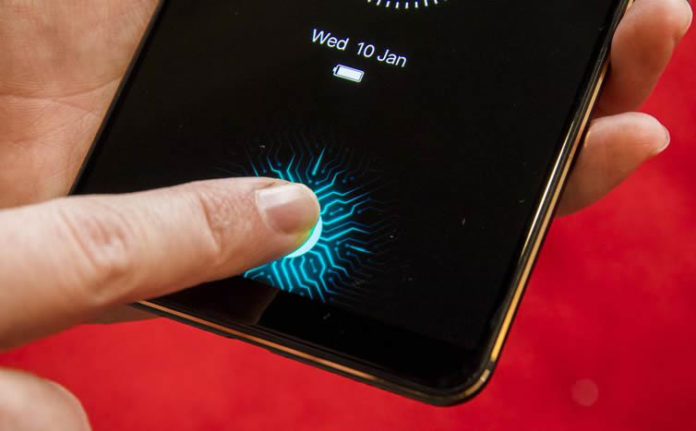Ever since we started seeing various phone makers’ start incorporating in-display fingerprint sensors, most of us have been wondering just how these sensors work. For instance I was amazed just how Samsung managed to achieve an invisible sensor under the displays of their current flagships – Samsung galaxy S10 and Samsung Galaxy S10 Plus released alongside the Galaxy S10e that opted for in-power button sensor instead and the answer was quite simple – Ultrasonic fingerprint sensor technology. In comparison, other manufacturers have opted for an optical fingerprint sensor instead – which emits light on the location users are supposed to place their thumbs, the most iconic use being in the latest Huawei Mate 20 Pro.
How Ultrasonic in-display fingerprint sensor works
Over the years we’ve been treated to some interesting prototypes by various phone makers on their best versions of implementing an in-display fingerprint sensor and for a moment, we even thought Apple could utilize the technology to achieve its almost all screen front panel ambitions on the iPhones. The progress has been lurking to some point coupled by expensive technologies required but things have started looking up after Samsung jumped on the bandwagon and we expect millions of devices to be secured by these types of sensors by the end of the year.
The Ultrasonic fingerprint scanner technology was pioneered by Qualcomm basing on what used to be called Sense ID. Instead of utilizing traditional photographic or capacitive-based fingerprint scanners, ultrasonic fingerprint scanners make use of very high-frequency ultrasonic sound. If that sounds confusing, do not worry as you’re not alone. The term ultrasonic in a lay man’s language is closely associated with sound waves, but these types of waves are so low you can’t hear them. It’s these waves that are used to map out the details of a user’s fingerprint. Unlike traditional capacitive sensors found on modern computers, you do not need to swipe, just place your thumb to the sensor and you’ll be good to go.
The process seems really fast that we often question what exactly happens behind the scenes, to lay some of those questions to rest, here is how what exactly happens; in order to capture the details of a fingerprint, the hardware consists of both a transmitter and a receiver. When a finger is placed over the scanner, an ultrasonic pulse is transmitted against the finger and pulse’s pressure is absorbed and some of it bounced back to the sensor with unique details that consists of ridges, pores and other details.
How Optical in-display Fingerprint Sensors work
Optical scanners are the oldest sensors of the two technologies and were used to capture and comparing fingerprints. As the name suggests, this technology relies on capturing an optical image, just like you’d take a digital image of oneself and using special algorithms to detect unique patterns on the surface, such as ridges or unique marks, by analyzing the lightest and darkest areas of the image. Similarly to digital cameras, optical sensors vary in resolution capabilities and can achieve tremendous amounts of resolutions which in turn equates to the amount of details a sensor can capture.
Differences between Optical and Ultrasonic Fingerprint Sensors;
- Ultrasonic in-display sensors are more expensive and can only be found in high-end devices such as Galaxy S10 series
- Optical scanners will require one to wake the phone before placing the thumb while ultrasonic can work even when the display if off
- Ultrasonic sensors are generally faster than Optical sensors

